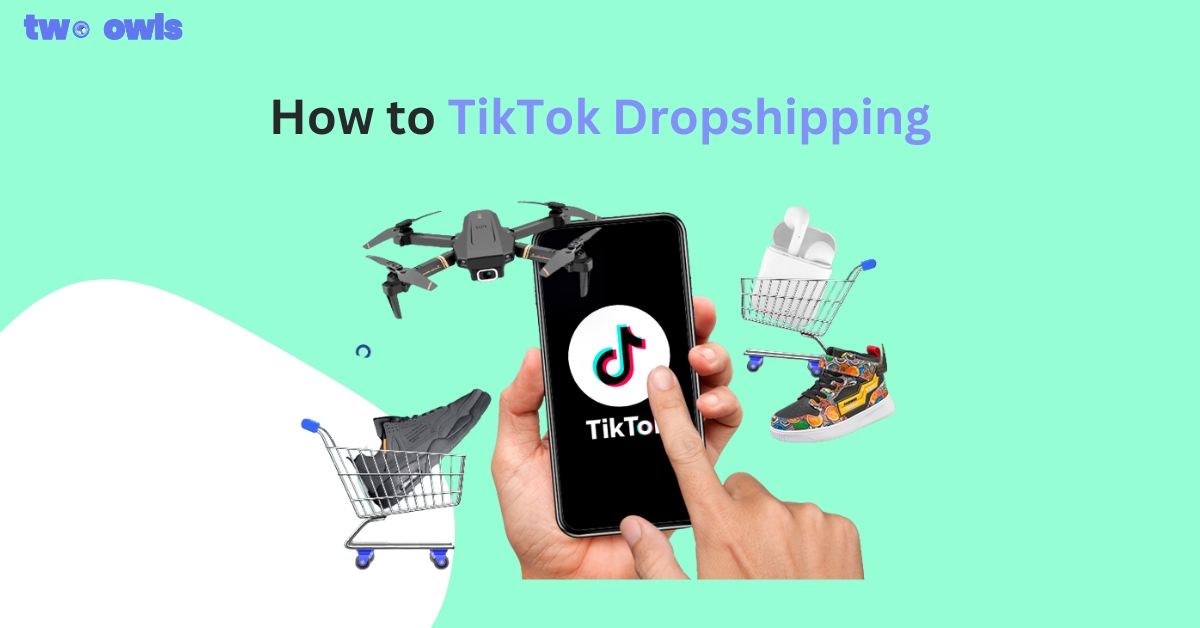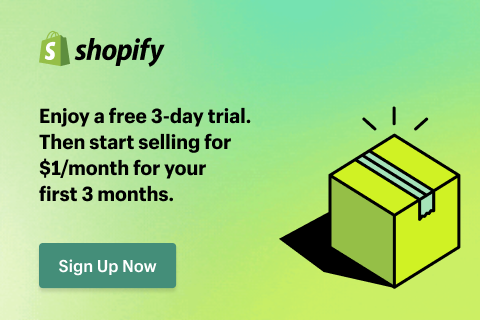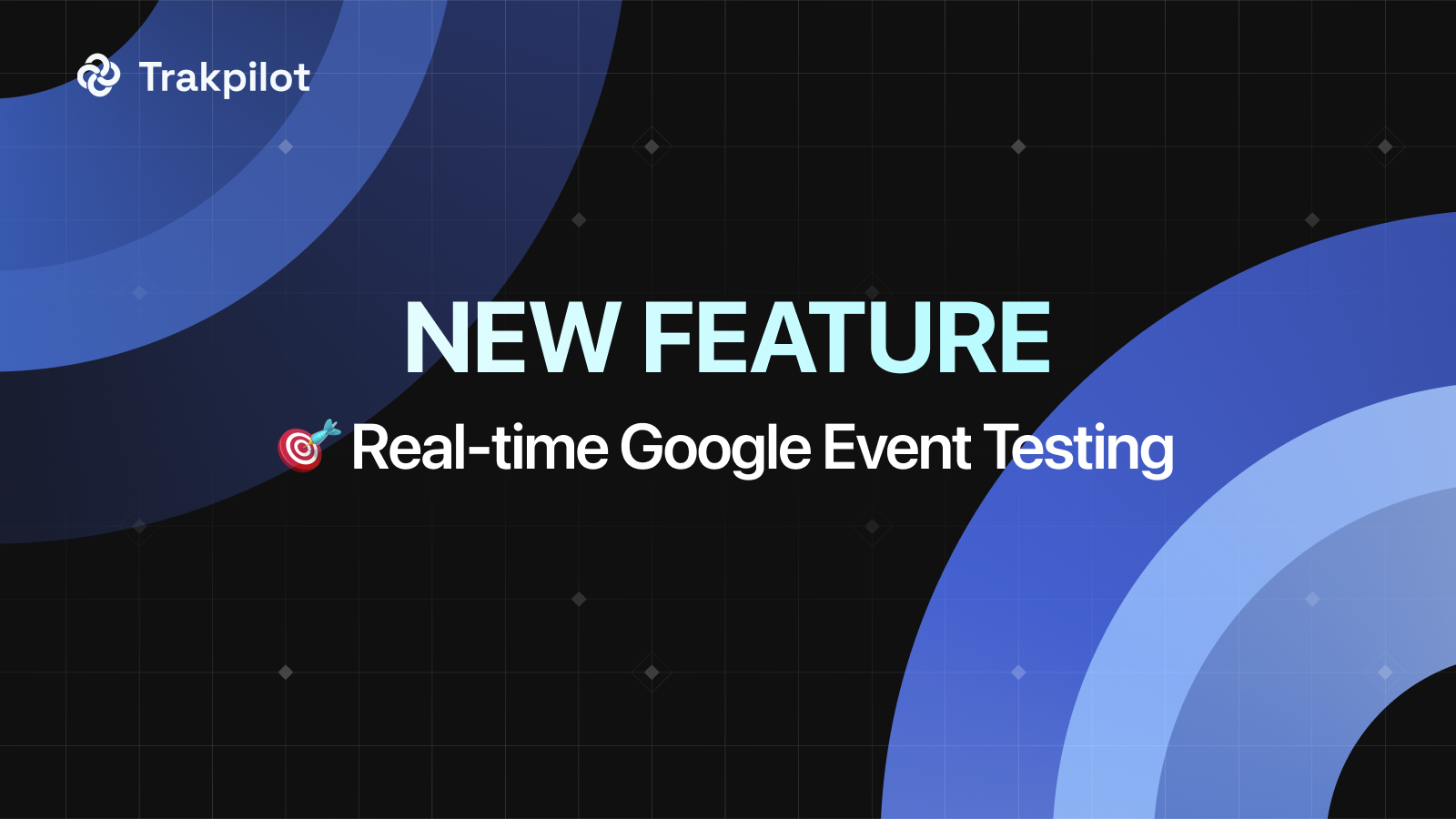Facebook Ad Fatigue: How to Identify and Fix It Quickly
Most Facebook advertisers experience a drop in performance after a few days without making significant changes to their campaigns. This is known as Facebook ad fatigue.
In this article, I’m sharing tips from the experts at Two Owls - Omega Pixels, who have tackled ad fatigue and provided insights on how to identify it early, what factors to consider, and what to do when it starts happening, so you can keep your campaigns running effectively.
What is Ad Fatigue in Facebook Ads?
Ad fatigue on Facebook occurs when your ad frequency is too high, forcing your target audience to see the same ad repeatedly. When consumers are exposed to the same ad over and over, its performance declines, which is the essence of ad fatigue. This impacts key metrics like Cost Per 1,000 Impressions (CPM) and Return on Ad Spend (ROAS). Every campaign, no matter how effective, will eventually face creative fatigue.
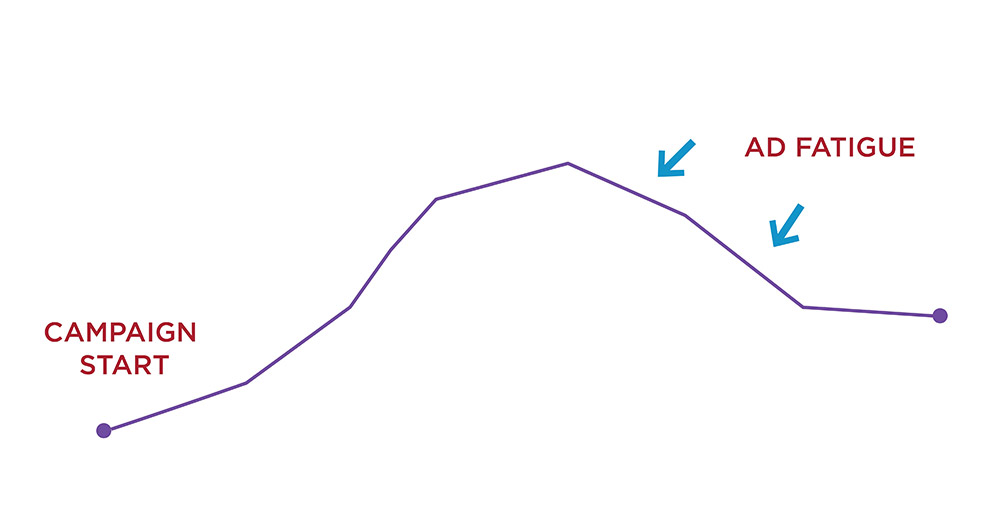
When Does Facebook Ad Fatigue Occur?
Ad fatigue can quietly creep into your campaigns, often going unnoticed until your ad performance metrics start to drop. While it may seem subtle at first, there are certain scenarios where it’s almost inevitable. Let’s explore the key moments when Facebook ad fatigue is most likely to strike and how it can impact your ad’s effectiveness.
1. High Ad Frequency
Facebook ad fatigue typically occurs when your ad frequency is too high, meaning the same users are seeing your ad too often. A frequency of more than 3-5 views per person is a common threshold where engagement starts to drop. As people see the ad repeatedly, they may start ignoring it, which results in lower click-through rates (CTR) and conversions.
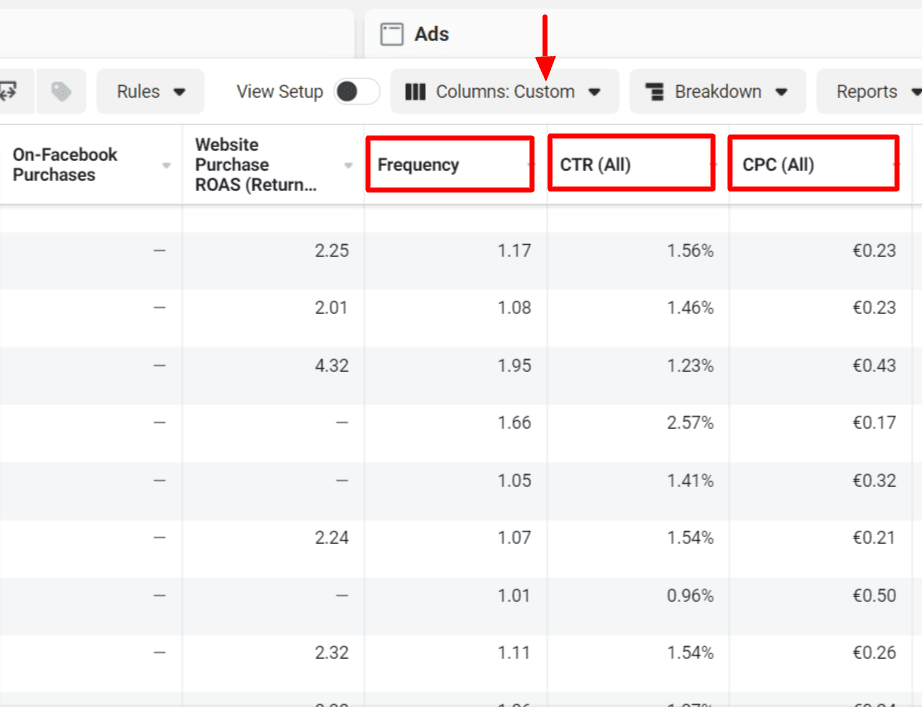
2. Stale Creative Elements
Ad fatigue can also happen when your creative assets (images, videos, or copy) become stale or repetitive. Even if the ad is well-targeted, showing the same visuals and messaging repeatedly leads to user disinterest. This is especially common in campaigns that have been running for a long time without refreshing the creative content.
3. Long-Running Campaigns
If your campaign has been active for an extended period without significant changes, even the best-performing ads can start to lose their impact. Long-running campaigns often expose the same audience to the same ads over and over, causing fatigue and decreasing engagement.
4. Small Target Audience
A small, limited target audience is another factor that can accelerate ad fatigue. When you’re targeting a narrow group, they will quickly become overexposed to your ads. Expanding the target audience or introducing new audience segments can help reduce fatigue in this scenario.
5. Lack of Ad Variation
A lack of ad variation also contributes to fatigue. If you’re running the same ad across multiple platforms without rotating new creatives or ad formats, users may lose interest faster. Incorporating multiple ad variations (videos, carousels, etc.) can help keep your audience engaged and prevent fatigue.
These are the most common scenarios in which Facebook ad fatigue occurs. Identifying the signs early allows you to refresh your strategy and keep your campaign performance optimized.
Ways to Identify Facebook Ad Fatigue
Recognizing early signs of declining ad performance is key to preventing fatigue. Here are the most effective methods to spot when your ads are losing their impact.
Automatic Notifications
Facebook may notify you in the delivery column of your Ad Manager account with a “Creative fatigue” warning. However, this alert is only available for certain ad types and when running a single ad, so it’s not a reliable method for identifying ad fatigue.
The most effective way to detect Facebook ad fatigue is through manual analysis.
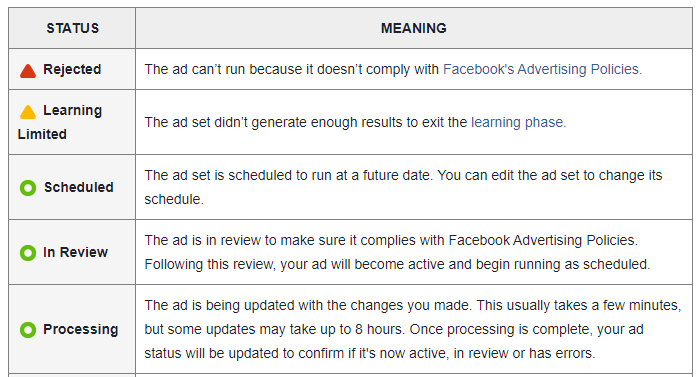
Manual Diagnosis
To manually diagnose ad fatigue, compare the frequency and cost per result columns in your Ads Manager account.
If you observe an increase in both metrics, it’s likely that your ad is experiencing creative fatigue.

How to Fix Ad Fatigue Issue?
To address ad fatigue and restore your campaign’s effectiveness, consider the following strategies:
#1 Expand Your Audience Targeting
If you have enough data in your Ad Set to optimize ad delivery and the opportunity to broaden your audience targeting, it’s time to do so. Expanding your audience can help prevent ad fatigue by introducing your ads to new users. Here are a few ways to do this:
- Broaden your targeting: Add more age groups, interests, or locations to reach new people.
- Use Lookalike Audiences: Find new audiences similar to your best customers to expand your reach.
- Connect Meta Pixel + Conversions API: By using these tools, you can track every step of your customers’ journey. This lets you create Custom Audiences and target new potential buyers more effectively.
- Retarget Engaged Users: Show your ads to people who’ve visited your website or interacted with your social media but haven’t made a purchase yet.
#2 Add New Ads and Refresh Creatives
When you notice signs of Ad Fatigue, it’s a good idea to set up 3-4 ads within an Ad Set. This way, when ad fatigue begins and performance drops, Facebook automatically shifts the reach to the second-best-performing ad. This is more effective than doing it manually.
However, if you see that all winning ads have become exhausted after a period of the Ad Set running, try adding new ads first. In most cases, this will give your campaign a second wind. Since you already have accumulated data in the Ad Set, you won’t spend your budget on the learning phase again. However, in some cases, adding new ads to the active Ad Set only temporarily prevents performance from dropping without fully resolving the issue. In this case, you should relaunch the Ad Set with fresh ads.
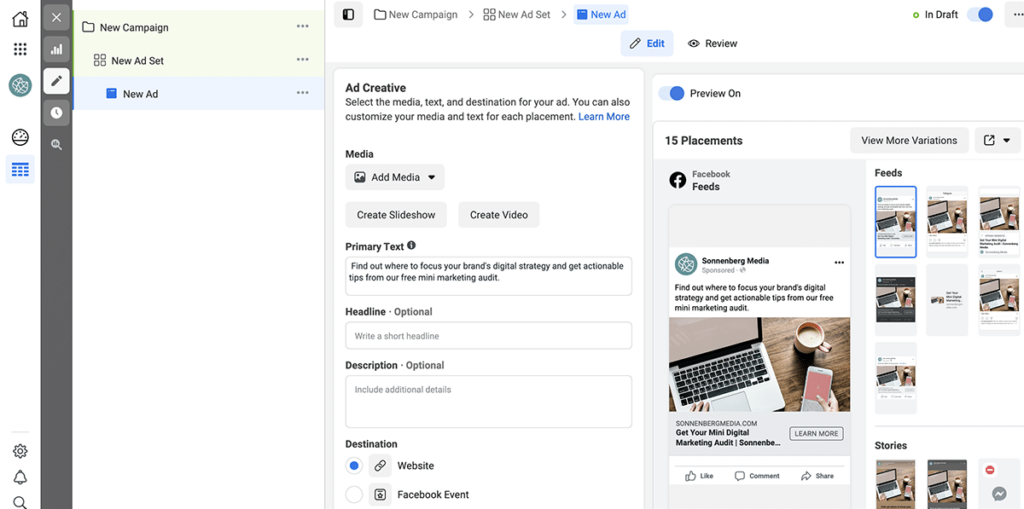
#3 Change Your Messaging
In cases where you have a large budget or are running a campaign for an extended period, you may find that even refreshing the ads doesn’t help much. This could mean that your audience has grown tired of your messaging, and only by changing it can you improve your performance. That’s why we always test new messages, even when we’re seeing great results.
#4 Optimize ROAS
One effective way to tackle ad fatigue is by experimenting with different audiences. By targeting these specific groups, you can enhance ad ROAS and drive better results.
Here are some examples of audiences to test:
- Holiday Shoppers
- Discount Code Users
- Email Subscribers
- Users Who Viewed Content 2+ Times
- Customer List (Purchasers)
- Top 5% of Website Visitors
- Email Openers/Clickers
- 3-Second Video Views
- 10-Second Video Views
- 25%, 50%, 75%, 95% Video Views
- 1-10% Lookalike Audiences (based on customers)
#5 Use A/B Testing
A/B testing is an invaluable tool for diagnosing and preventing ad fatigue. By testing different versions of your ads - changing the copy, visuals, or even the call-to-action - you can identify which version performs better and catch early signs of fatigue.
Regular A/B testing allows you to maintain a fresh perspective on your ads and helps ensure that you’re always showing the most engaging content to your audience. Facebook’s built-in A/B testing tools make it easy to compare performance across variations, and it’s a proactive approach to staying ahead of fatigue.
#6 Use Advantage+
Advantage+ Shopping Campaigns, powered by Meta’s AI, automate the process of creating and testing up to 150 variations of your ads. This reduces the risk of ad fatigue by showing different versions of your ads to various segments of your audience.
Additionally, with Advantage+ handling multiple creative variations, you save time and ensure that your audience sees the most relevant and effective ad at the right time, helping prevent overexposure to the same content.
Wrap up
Facebook Ad Fatigue is a common challenge that can diminish your campaign’s performance over time as your audience becomes overexposed to the same ads. To keep your ads working well, it’s important to change your ad designs regularly, use different versions of your ads, and show them to new audiences.
Also, keep an eye on how often people are seeing your ads and how they are responding. By making these adjustments, you can avoid ad fatigue, keep your audience engaged, and get better results from your campaigns.
Read More: Facebook Ads Not Converting? Top 14 Reasons and How to Fix Them
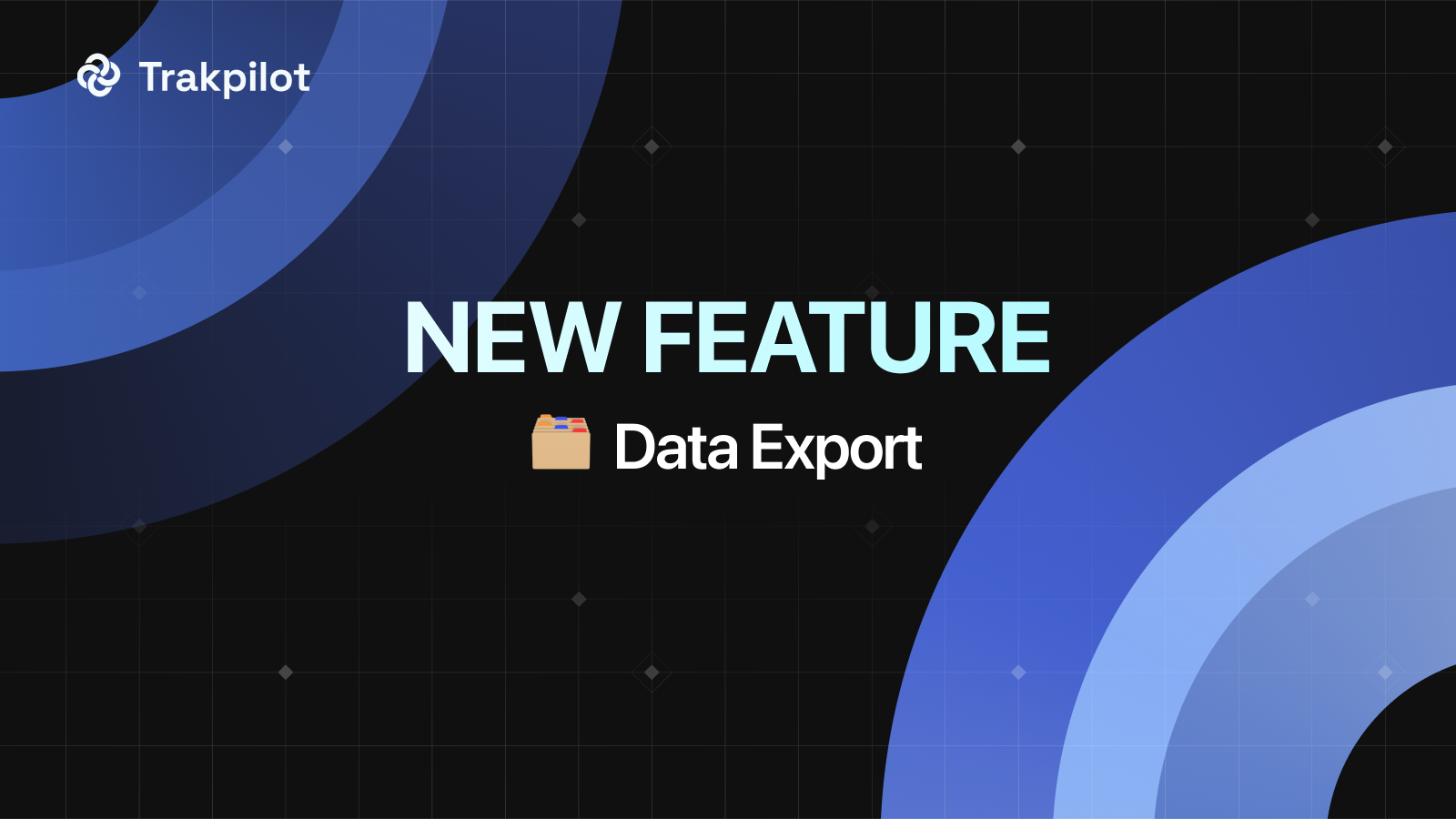
Trakpilot New Feature: Export Your Conversion Events Data
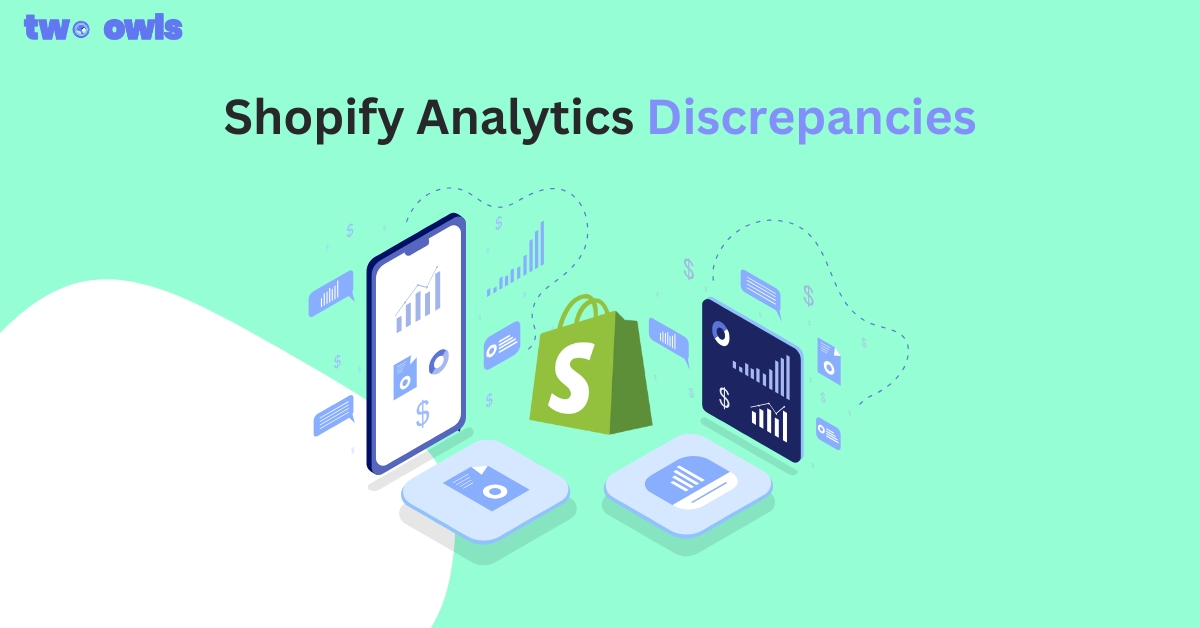
Shopify Analytics Discrepancies: What’s Actually Happening?
Introducing Real-time TikTok event testing - Omega TikTok Pixels
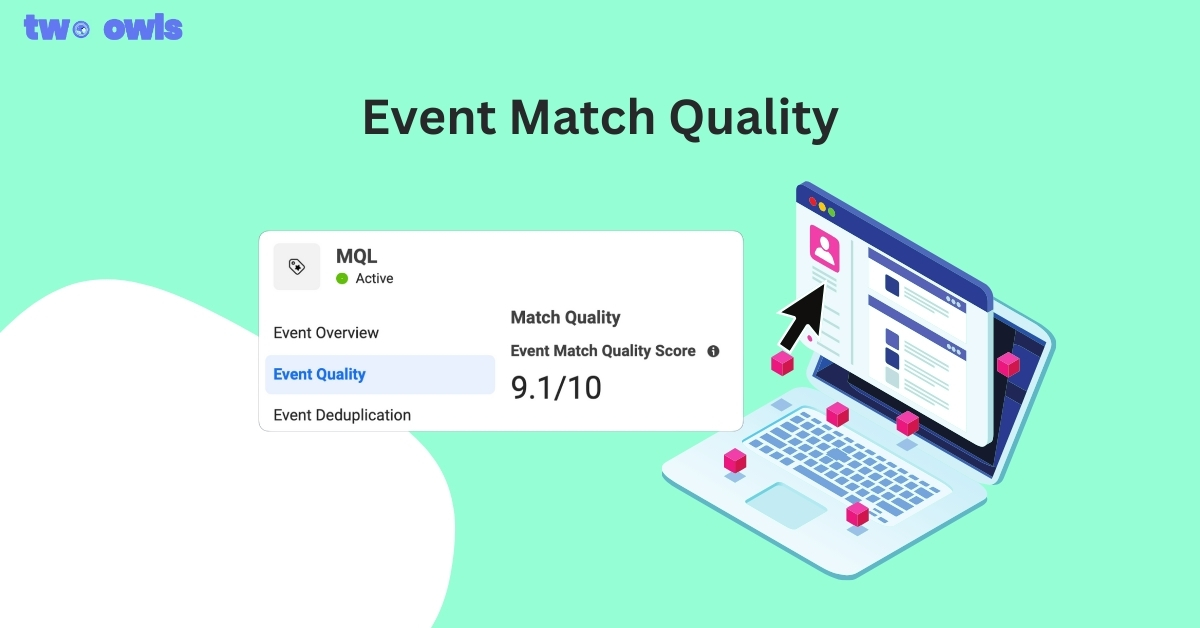
Event Match Quality: Definition, Benchmarks & How to Improve It
